
Neil Armstrong
Neil Armstrong was a quiet self-described nerdy engineer who became a global hero when as a steely-nerved pilot he made “one giant leap for mankind” with a small step on to the moon. The modest man who had people on Earth entranced and awed from almost a quarter million miles away has died. He was 82.
Section:Picture story
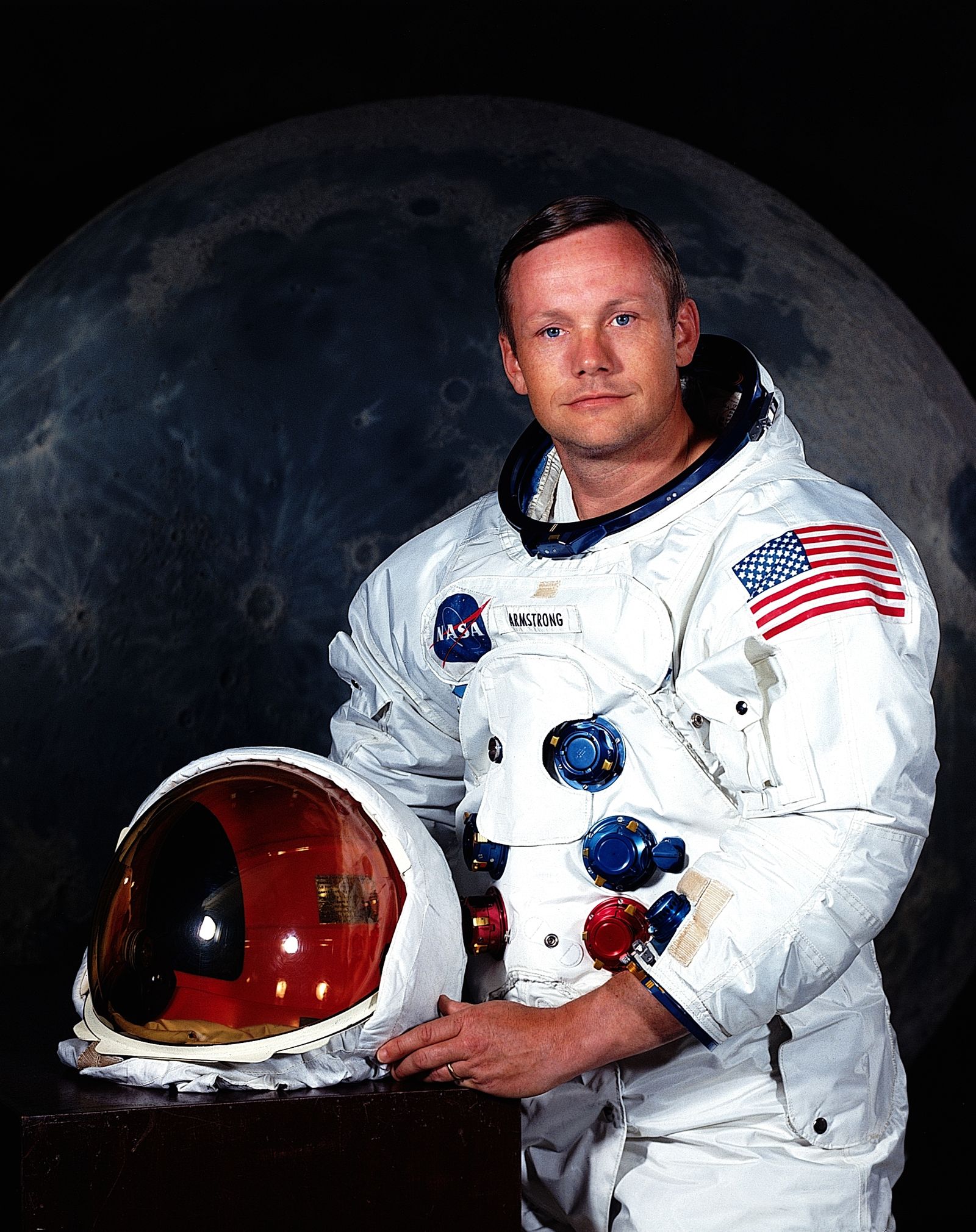
An undated photo provided by NASA shows Neil Armstrong.
NASA Associated Press
Associated Press
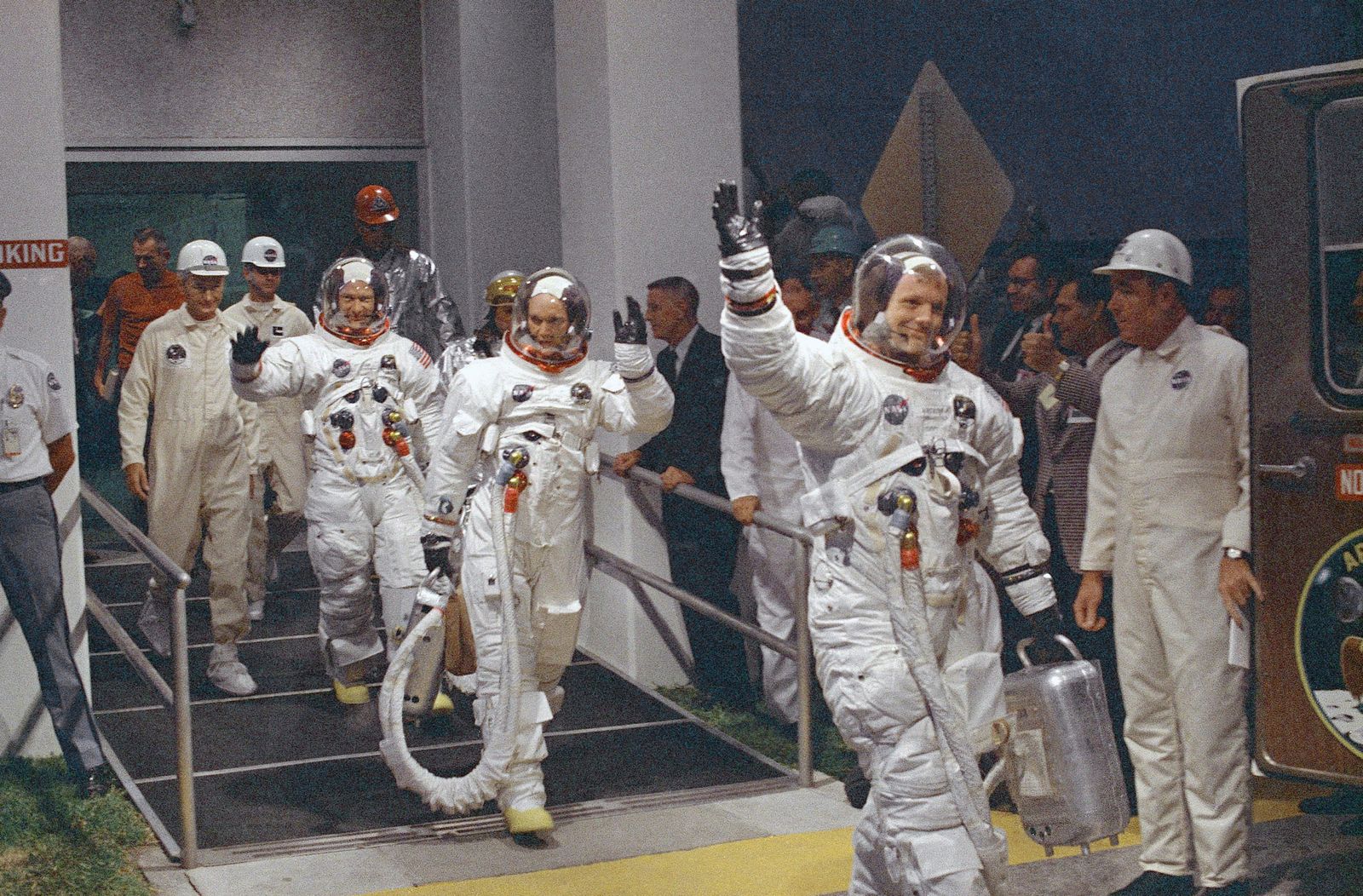
In this July 16, 1969 file photo, Neil Armstrong, waving in front, heads for the van that will take the crew to the rocket for launch to the moon at Kennedy Space Center in Merritt Island, Florida.
File Associated Press
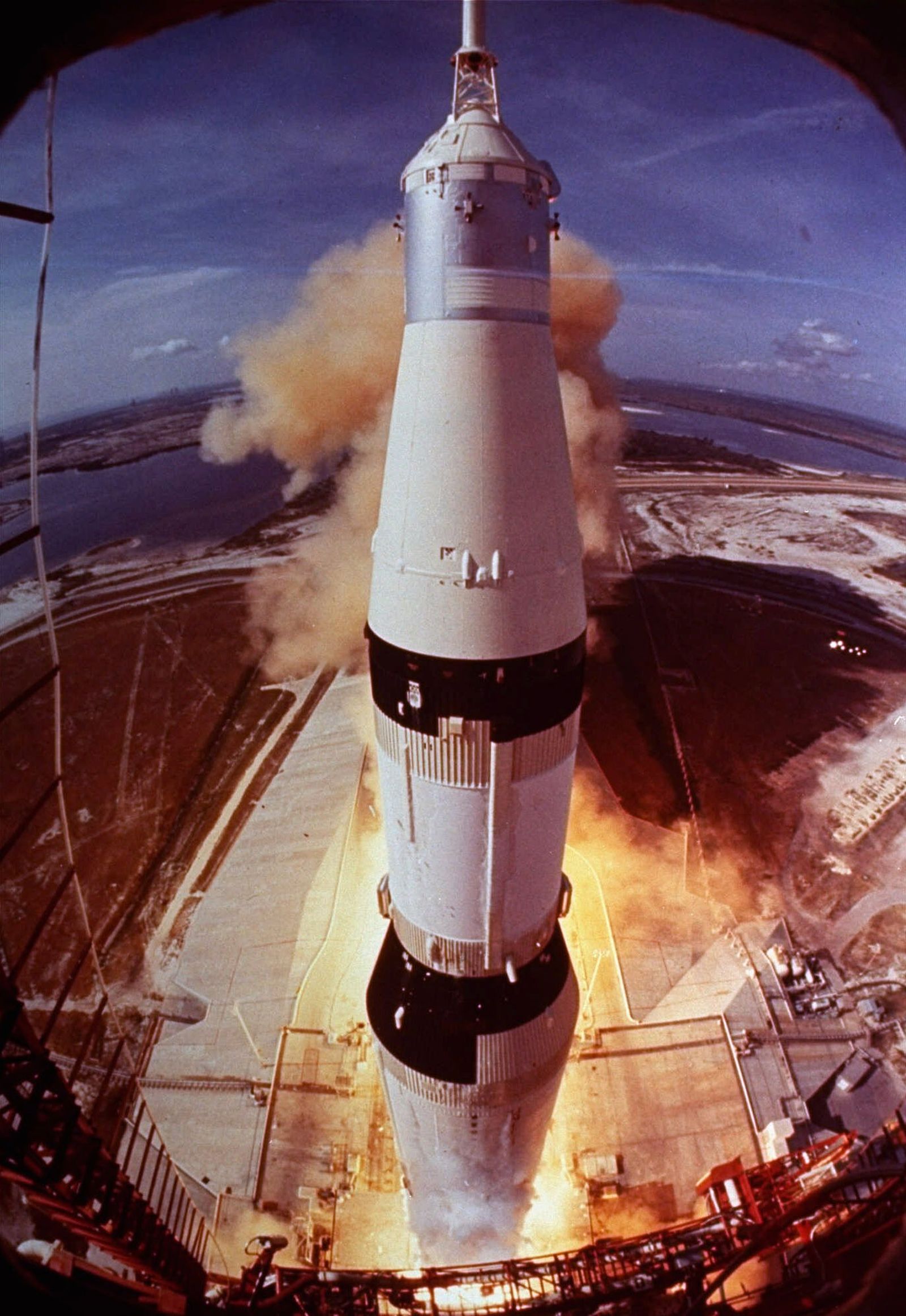
Apollo 11 Astronauts Neil A. Armstrong, Michael Collins and Edwin E. Aldrin Jr., are aboard the spacecraft, as it lifts off the pad at Cape Kennedy, Fl., July 17, 1969. Armstrong and Aldrin became the first men to walk on the Moon.
File Associated Press
Associated Press
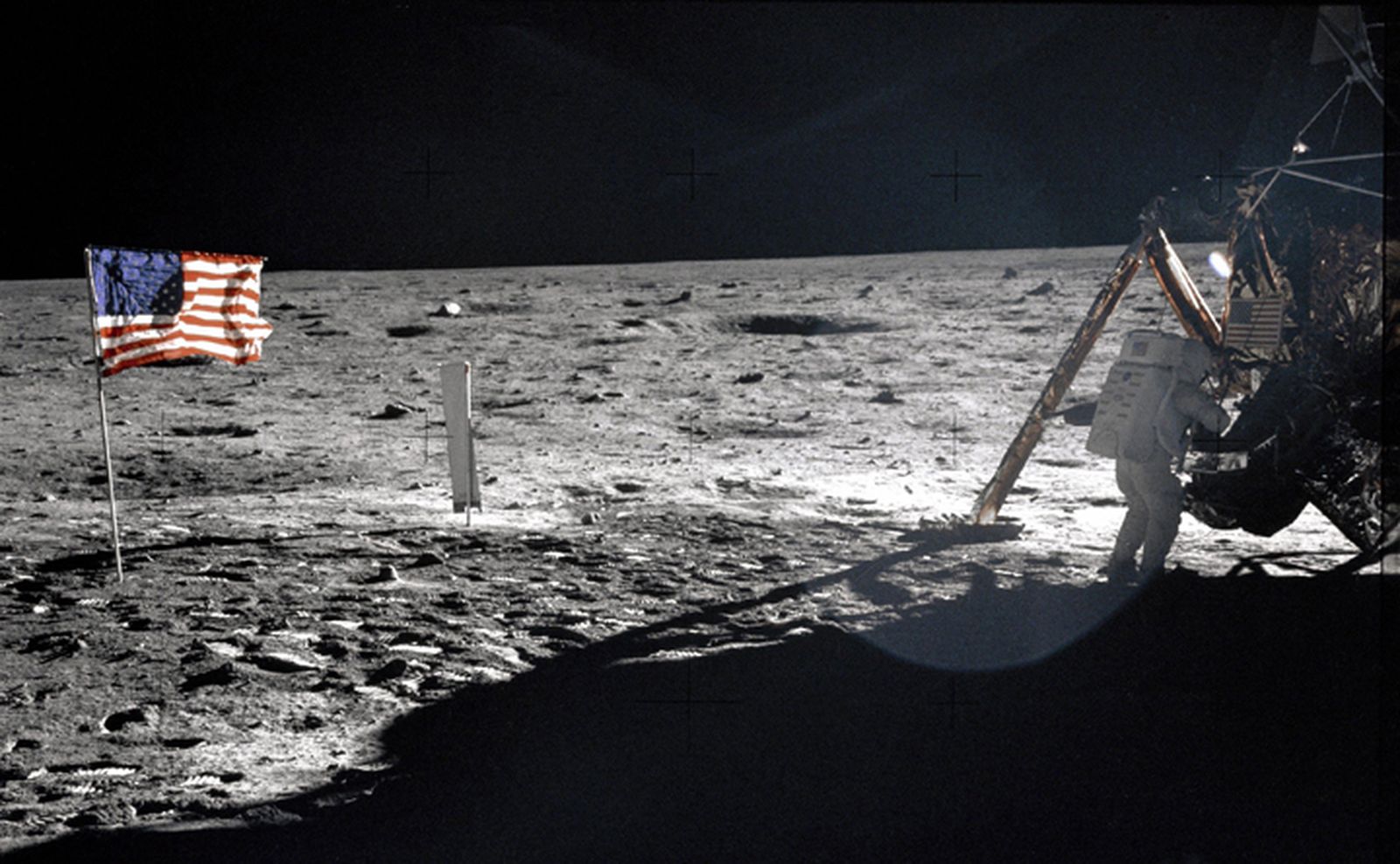
Neil Armstrong is photographed by Buzz Aldrin during their moonwalk.
NASA
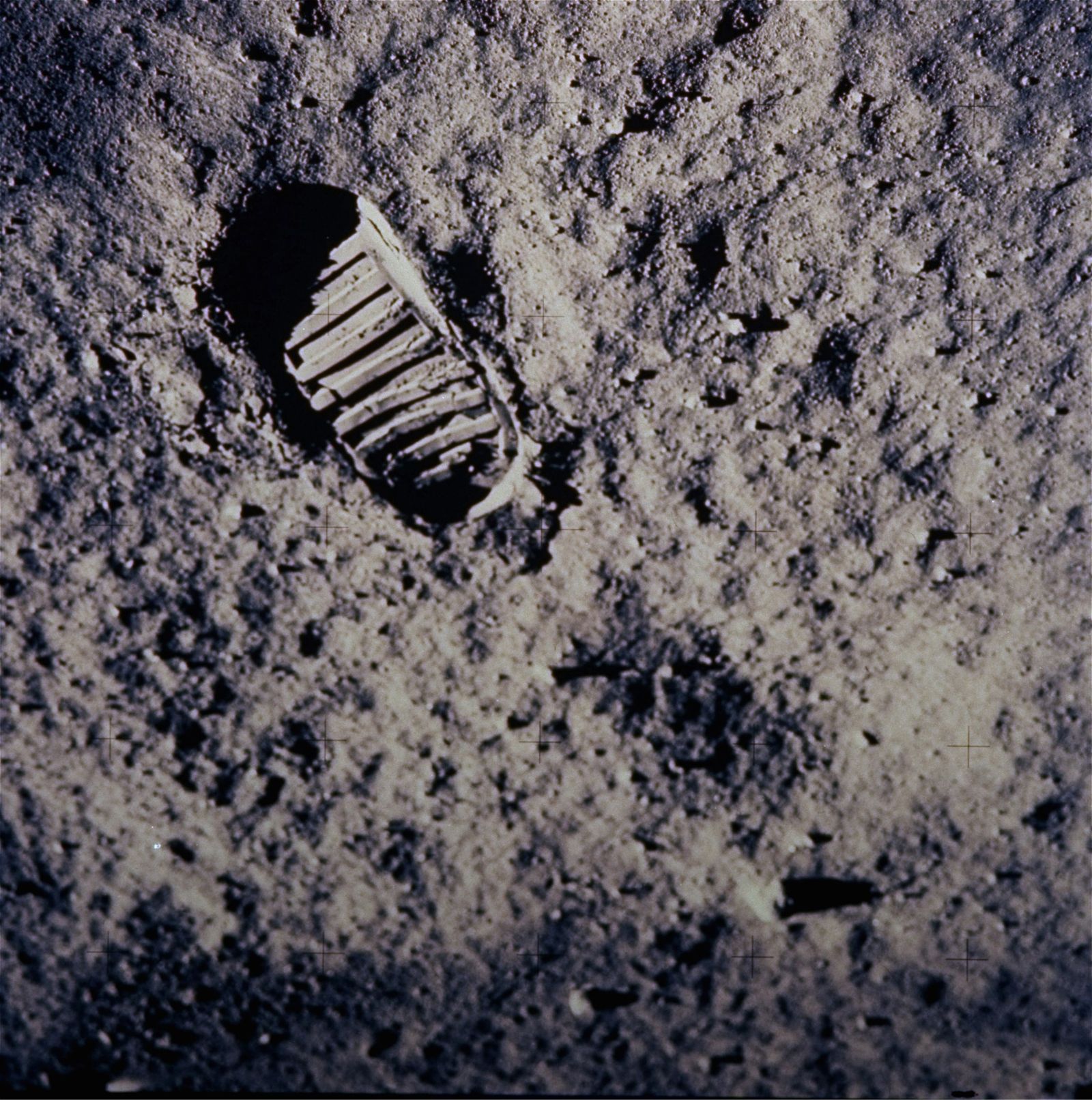
In this July 20, 1969 file photo, a footprint left by one of the astronauts of the Apollo 11 mission shows in the soft, powder surface of the moon. Commander Neil A. Armstrong and Air Force Col. Edwin E. “Buzz” Aldrin Jr. became the first men to walk on the moon after blastoff from Cape Kennedy, Fla., on July 16, 1969.
NASA Associated Press
Associated Press
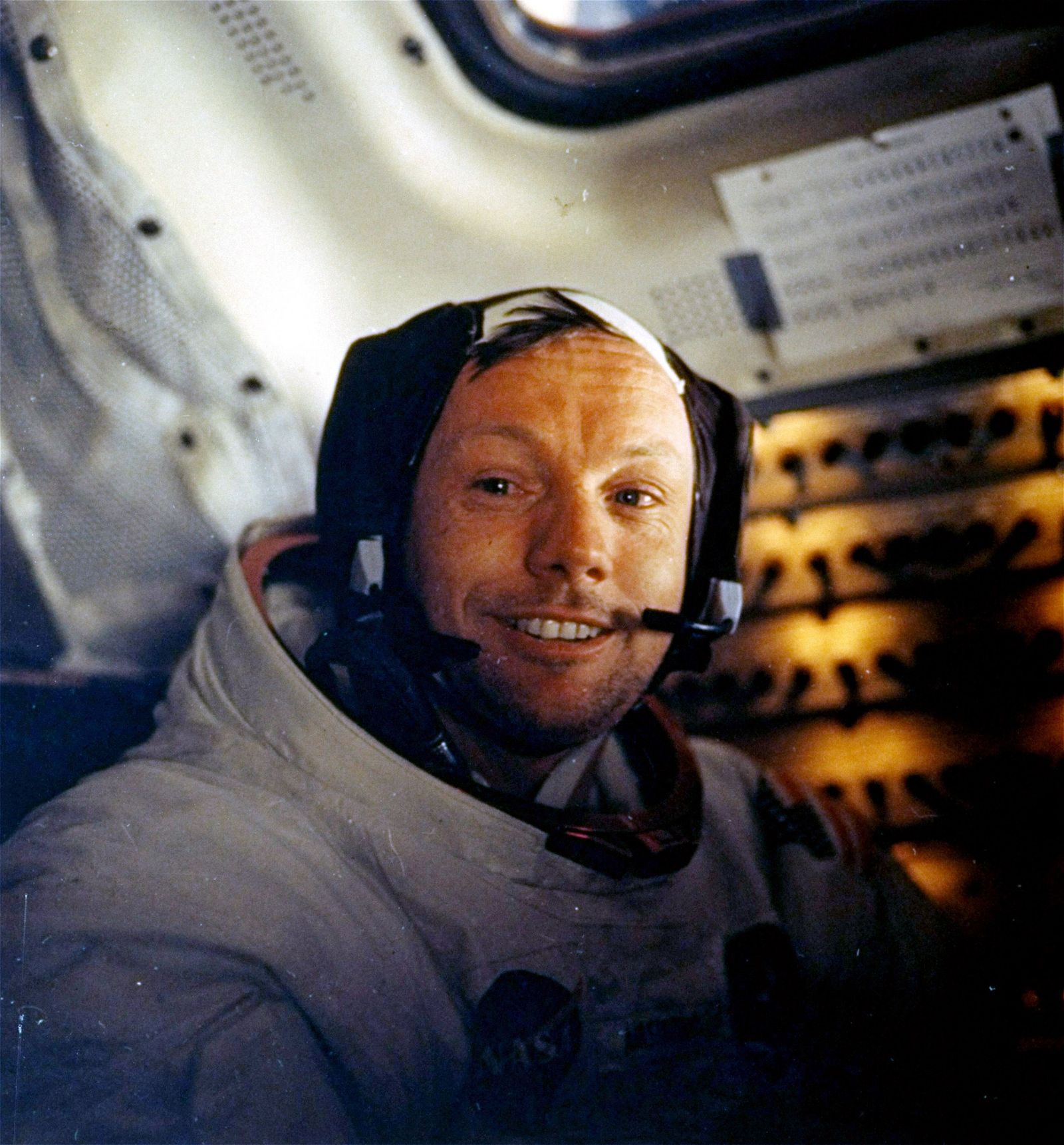
This July 20, 1969 file photo provided by NASA shows Neil Armstrong shortly after his historic walk on the moon.
NASA Associated Press
Associated Press
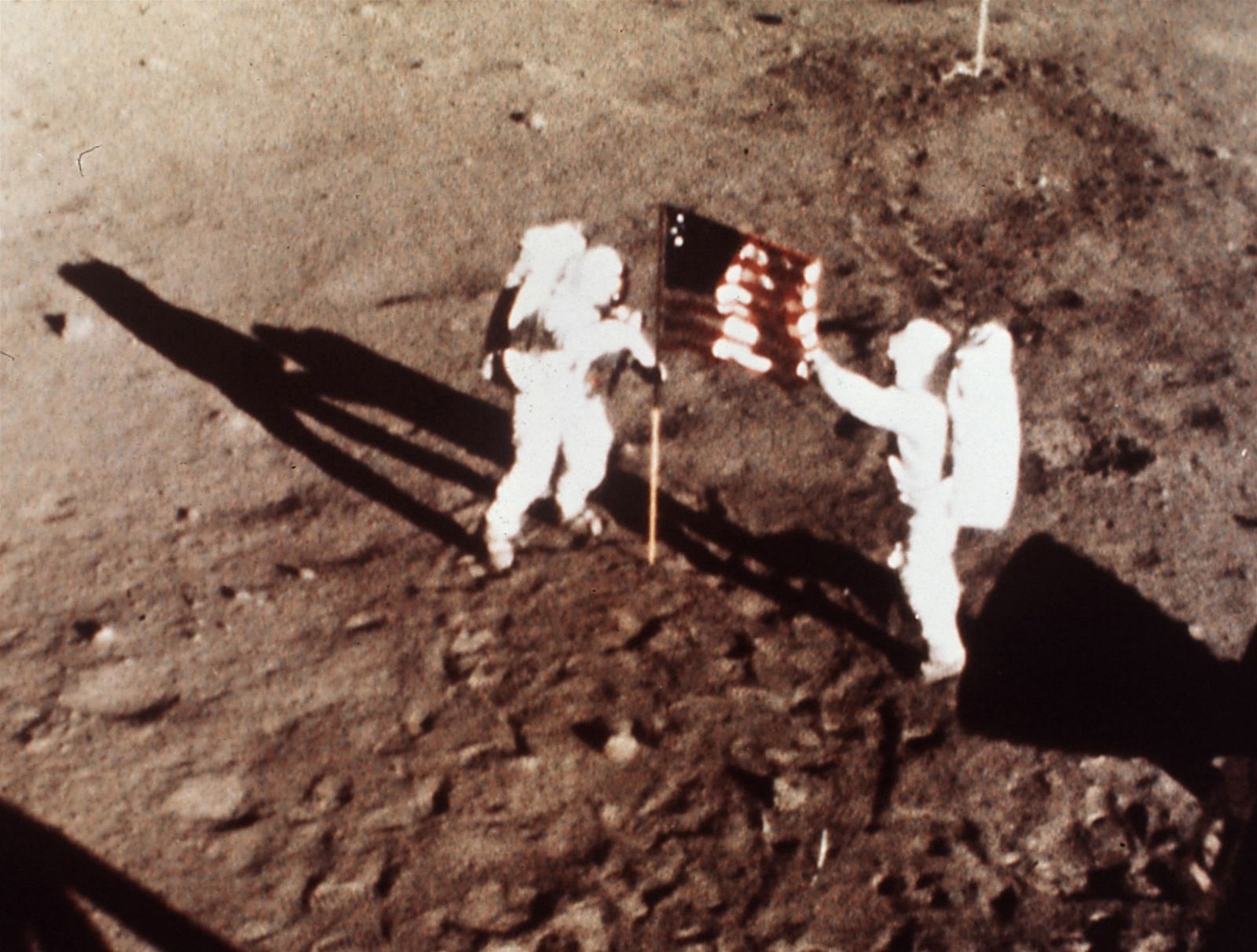
In this July 20, 1969 file photo provided by NASA shows Apollo 11 astronauts Neil Armstrong and Edwin E. “Buzz” Aldrin, the first men to land on the moon, plant the U.S. flag on the lunar surface.
NASA Associated Press
Associated Press

In this 1969 file photo, Apollo 11 astronauts stand next to their spacecraft in 1969, from left: Col. Edwin E. Aldrin, lunar module pilot; Neil Armstrong, flight commander; and Lt. Michael Collins, command module pilot.
File Associated Press
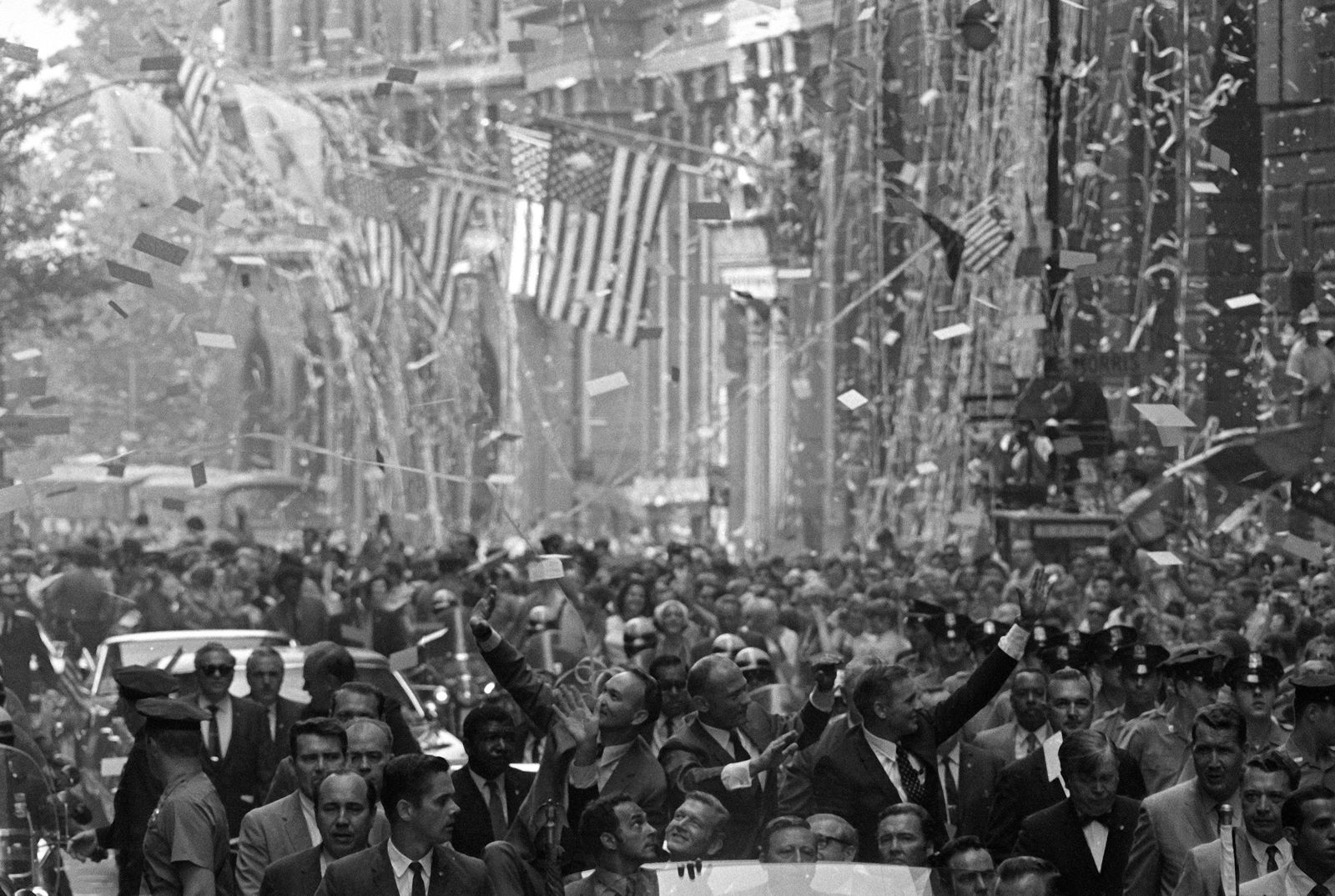
In this Aug. 13, 1969 file photo, amid ticker tape and American flags, Apollo 11 astronauts wave to welcoming New Yorkers during parade up lower Broadway on Wednesday, in New York. The spacemen, from left, are Michael Collins, Edwin Aldrin, Jr., and Neil A. Armstrong.
Eddie Adams, file Associated Press
Associated Press
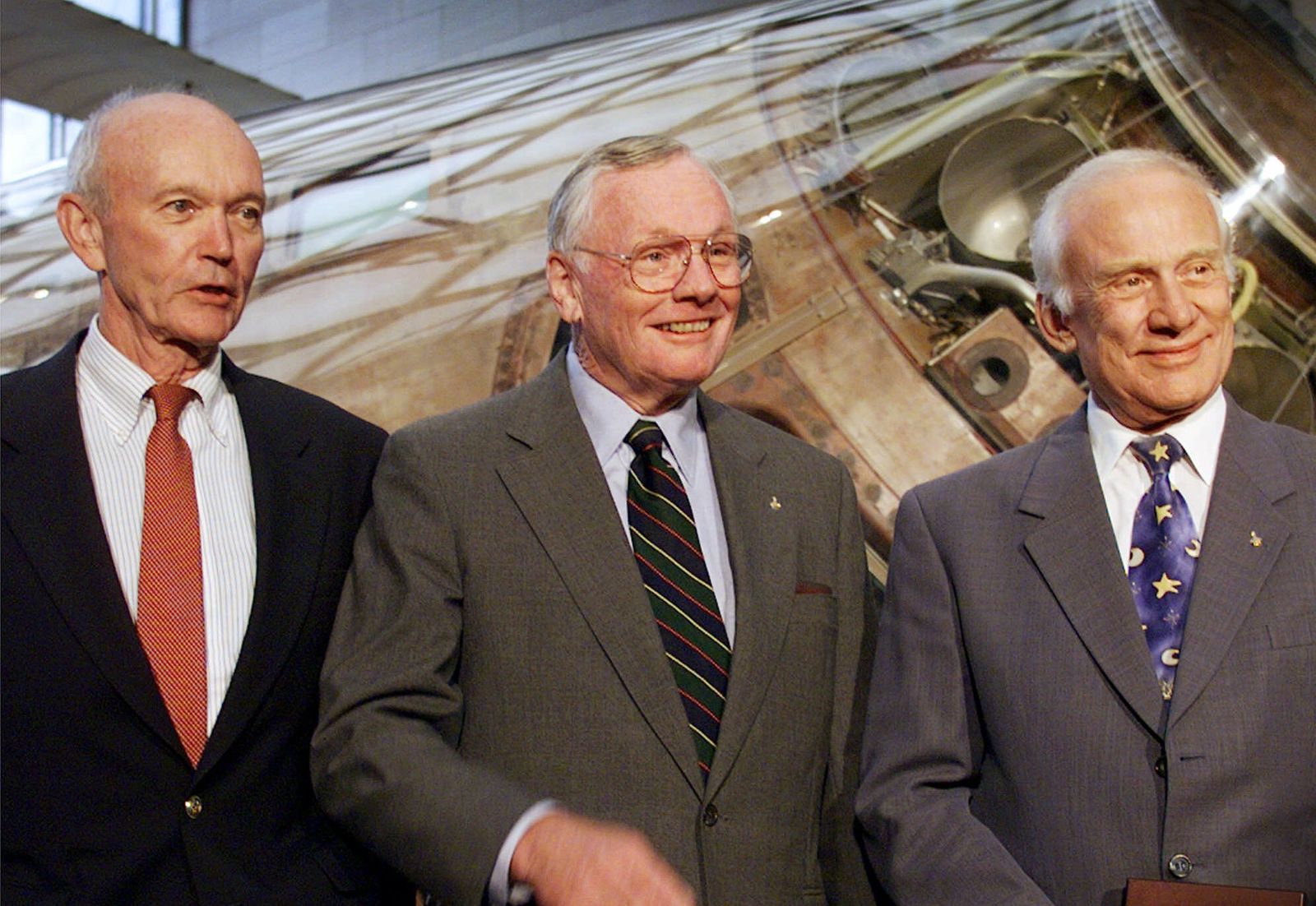
In this July 20, 1999 file photo, Apollo 11 astronauts Michael Collins, left, Neil Armstrong, center, and astronauts Buzz Aldrin, are awarded the Samuel P. Langley medal, at a ceremony at the Smithsonian’s Air and Space Museum in Washington.
Doug Mills, file Associated Press
Associated Press
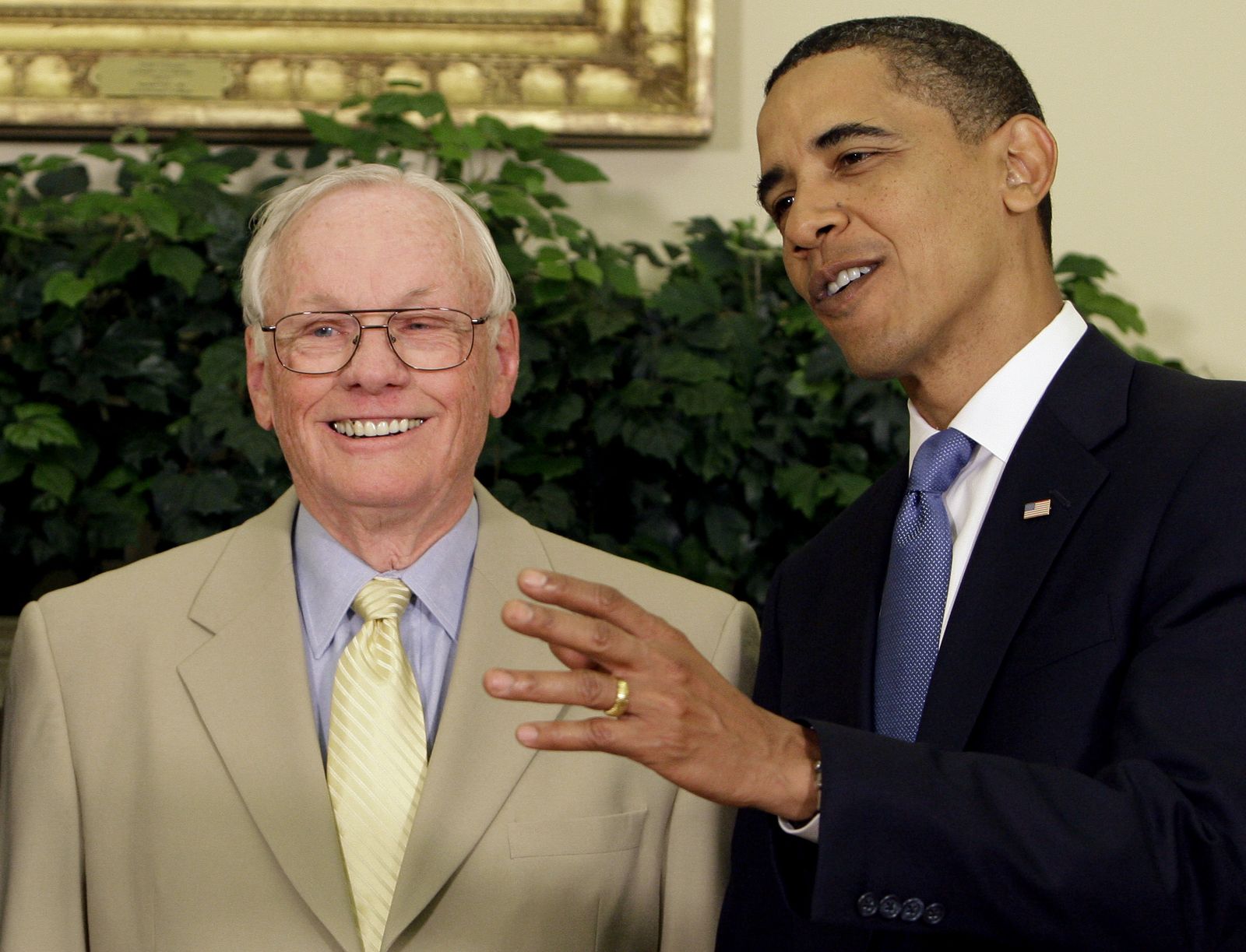
President Barack Obama talks with Apollo astronaut Neil Armstrong in the Oval Office of the White House in Washington, Monday, July 20, 2009, on the 40th anniversary of the Apollo 11 lunar landing.
Alex Brandon Associated Press
Associated Press
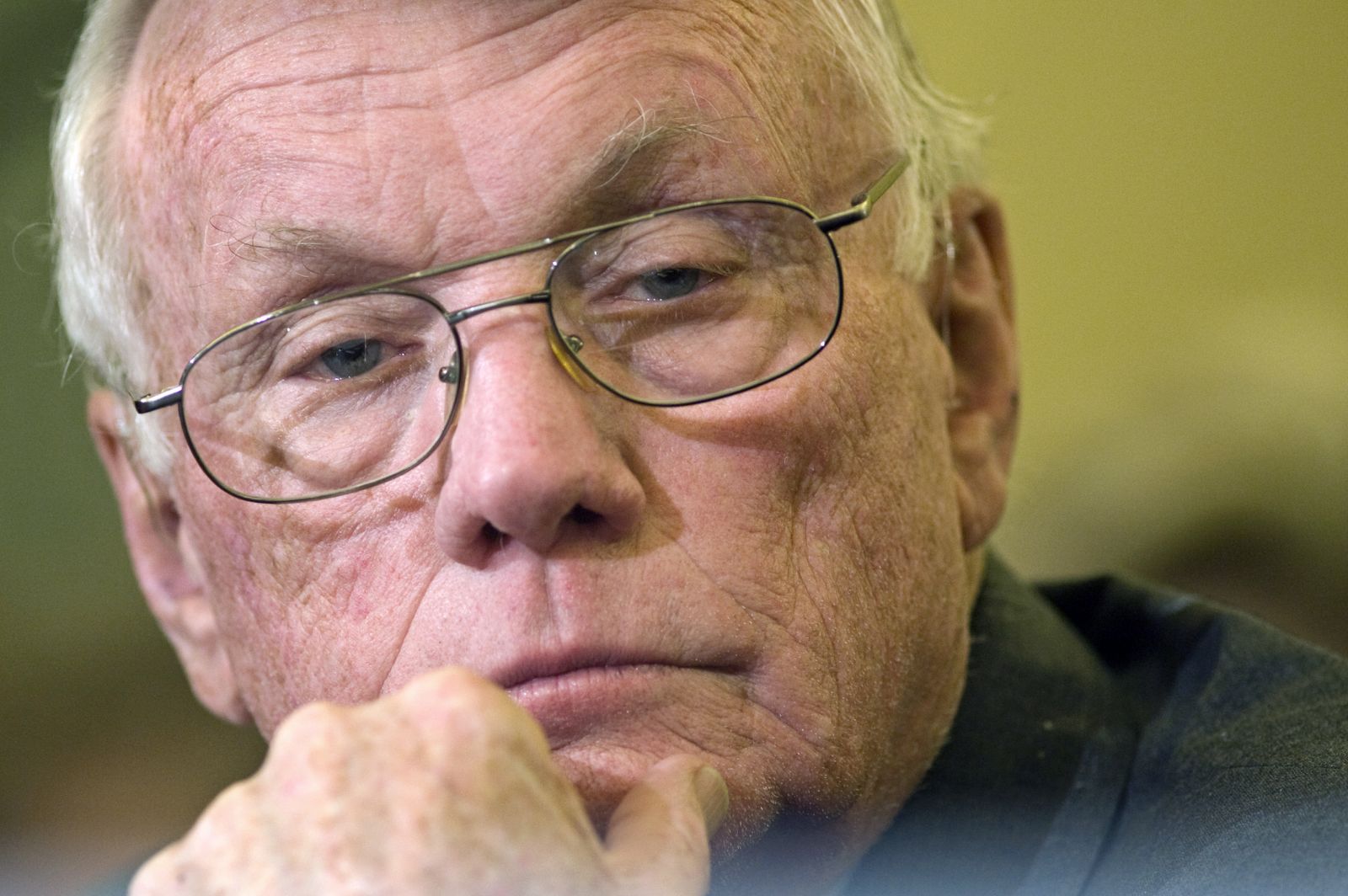
In this May 12 ,2012 file photo, former astronaut Neil Armstrong testifies before the Senate Committee on Commerce, Science, and Transportation hearing on NASA’s proposed budget and the future of the manned space flight program on Capitol Hill in Washington.
Cliff Owen Associated Press
Associated Press
Share on Social Media